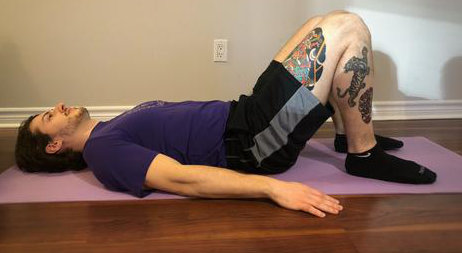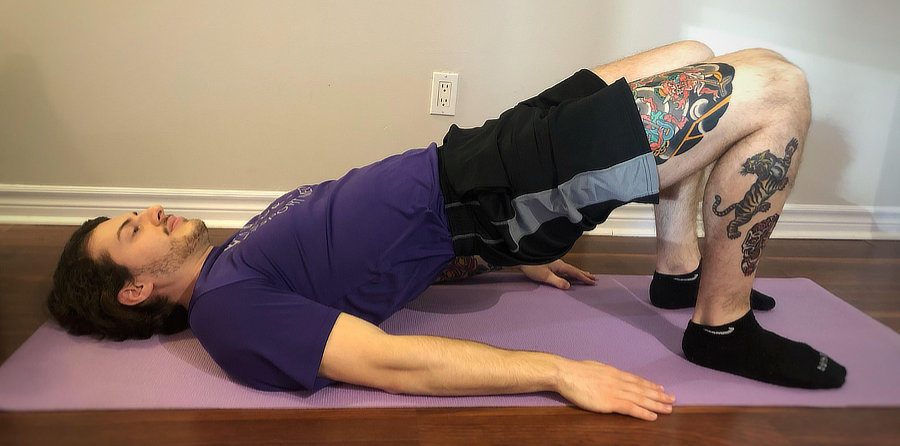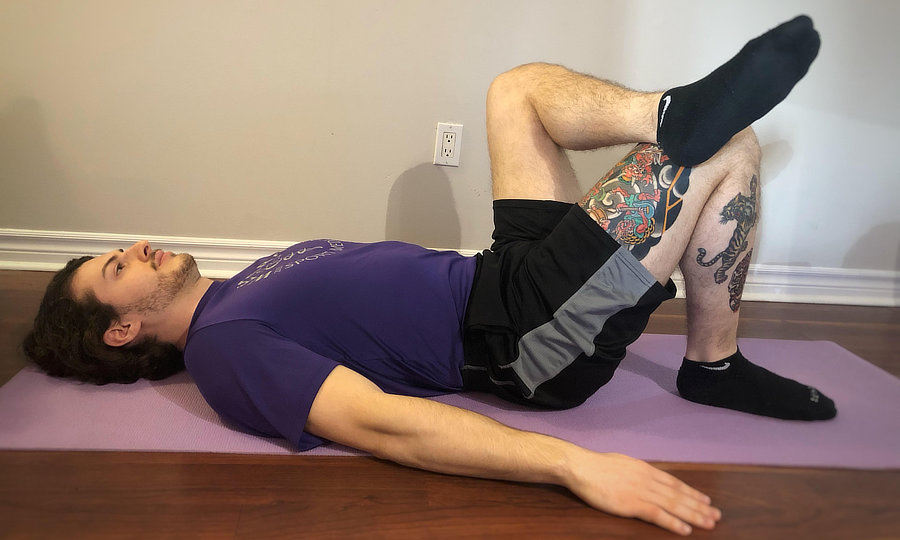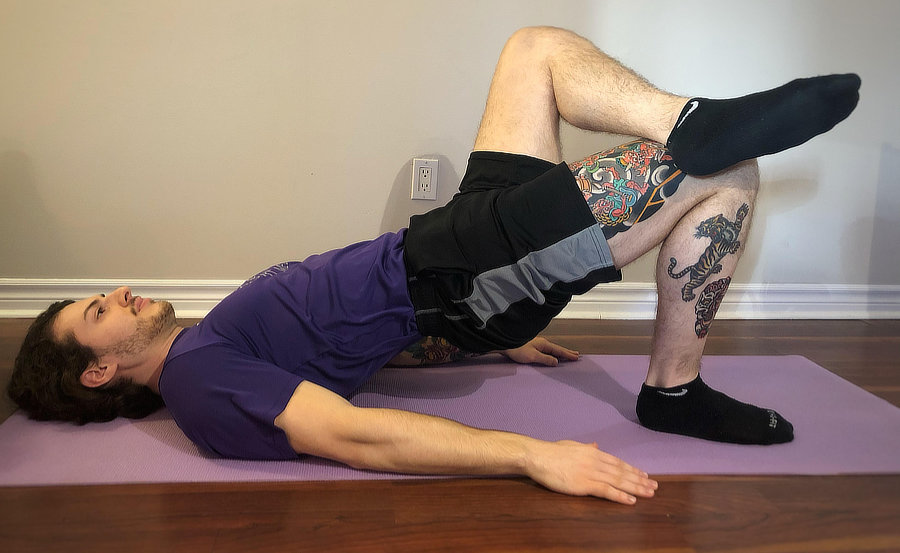By: Dylan Tannyan
We are going to talk about the gluteus maximus (glute max) muscle. This important muscle sits on both sides of the body and runs from the pelvis to the femur (leg bone).
The main role of this muscle is to extend and externally rotate the hip joint. The glute max is vital for simple tasks such as standing, walking, and even trunk support while sitting. This muscle becomes even more important during tasks of high force and power generation such as running or almost any sport activity.
Many folks are concerned that they aren’t using their glute max effectively, that their glute max isn’t firing properly, or that it’s “turned off.” Unless someone has sustained a serious neurological injury, they will be able to “fire” or contract their glute max muscle. It is therefore impossible to have a “turned off” glute muscle outside of serious injury.
The more likely reason someone can’t “fire” or feel the muscle is because the muscle is not strong enough or set up in a position where someone is able to efficiently contract the muscle. When the glute max is placed in a position where it can’t efficiently contract, or if the muscle is not strong enough for the task, other muscles such as the hamstrings or the erector spinae (low back muscles) may kick in to help the movement. This is why so many people get cramps in their hamstrings when trying to activate their glutes.
 We are going to review a very simple and common exercise, the glute bridge. Along with a progression for it, the following will focus on proper set up to ensure you are contracting that glute max effectively.
We are going to review a very simple and common exercise, the glute bridge. Along with a progression for it, the following will focus on proper set up to ensure you are contracting that glute max effectively.
Begin by lying on your back and bending your knees to bring your heels as close as you comfortably can to your pelvis. The closer you can get your feet to your pelvis, the easier it will be for your glute max to contract and the harder it will make it for your hamstrings to help. Your feet and knees should be approximately hip-width apart and should stay this far apart throughout the movement (don’t drive your knees together at any point through the movement) .

Squeeze your glute max as you press down through the heels of your feet as you bridge up into the air. Attempt to raise up so that the line from your knee to hip to shoulder is straight. Be careful not to hyperextend your lower back to force the bridge up higher, all the movement should occur at your hip joint. Slowly lower all the way back to the ground, relax, and repeat.

For a progression, you can complete a single leg glute bridge by simply crossing one leg over the other and going through the same steps for the exercise. There will be more required strength and control with this exercise as your hips should still raise up level (don’t let your pelvis drop off to one side).

Make sure with both exercises you are not excessively bracing your core or holding your breath. The repetitions and sets for these exercises can vary greatly depending on your goals/strength. Aim for at least 3 sets up to fatigue (quality over quantity) or until hitting 10-12 repetitions.
This is general information that is not meant to replace the assessment and specific advice of a registered physiotherapist.

Dylan Tannyan
Physiotherapist - BA Kin (Hons.), MScPT
Dylan is a Toronto based registered physiotherapist who enjoys working with a wide range of patients whose goals range from chronic pain improvement to sport and high performance. He also specializes in vestibular and concussion rehabilitation. He utilizes a mix of specific exercise prescription, manual therapy, dry needling, and education with two main objectives: outcome and efficiency. Dylan wants all of his patients to reach their functional goals as well as have the confidence, education, and physical tools to manage their injury over the long term. Dylan currently works out of Synergy Sports Medicine and Rehabilitation in East York. If you are looking for a physiotherapist you can book with him HERE or contact him directly at dylan@synergysportsmedicine.com


